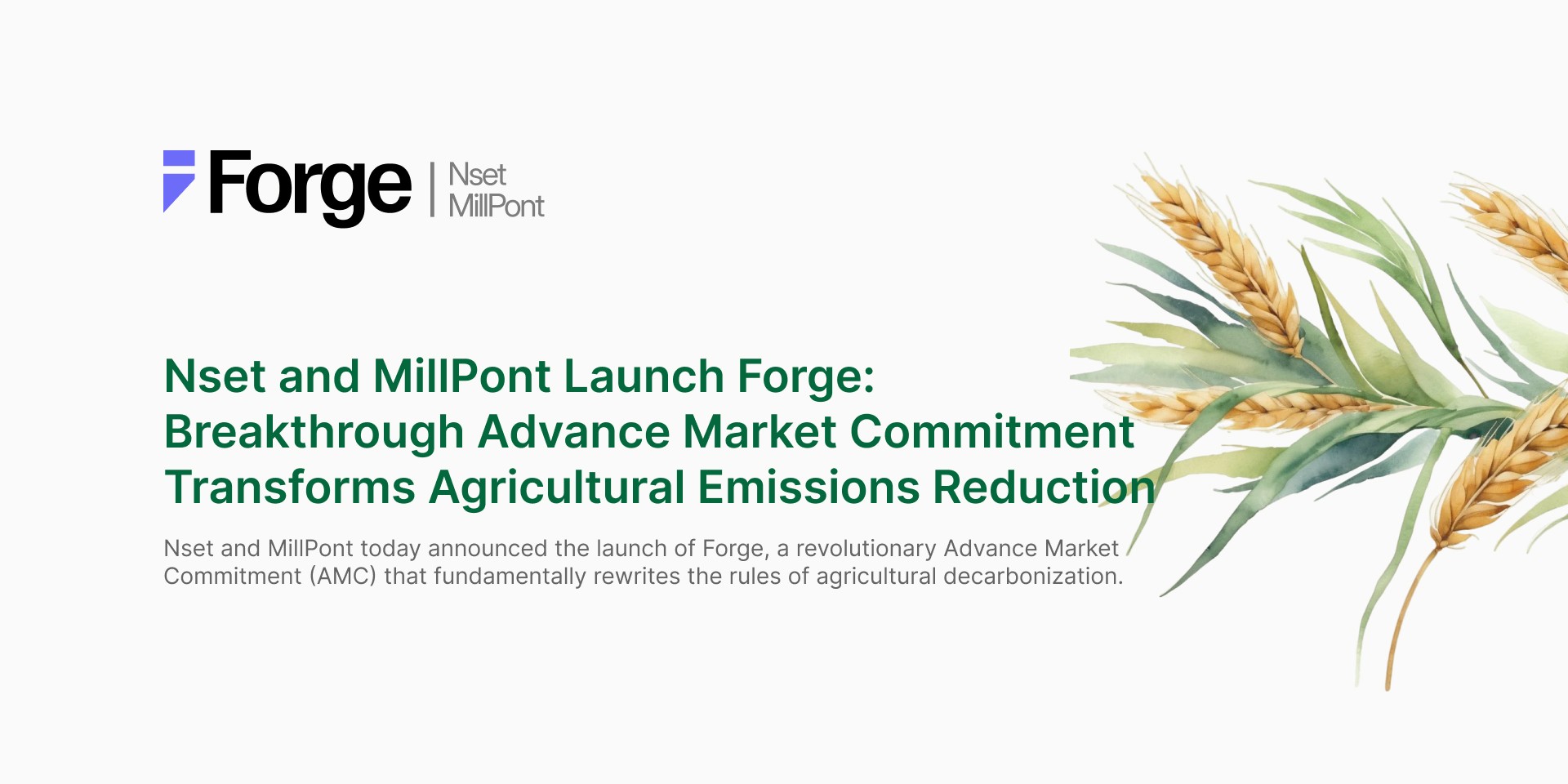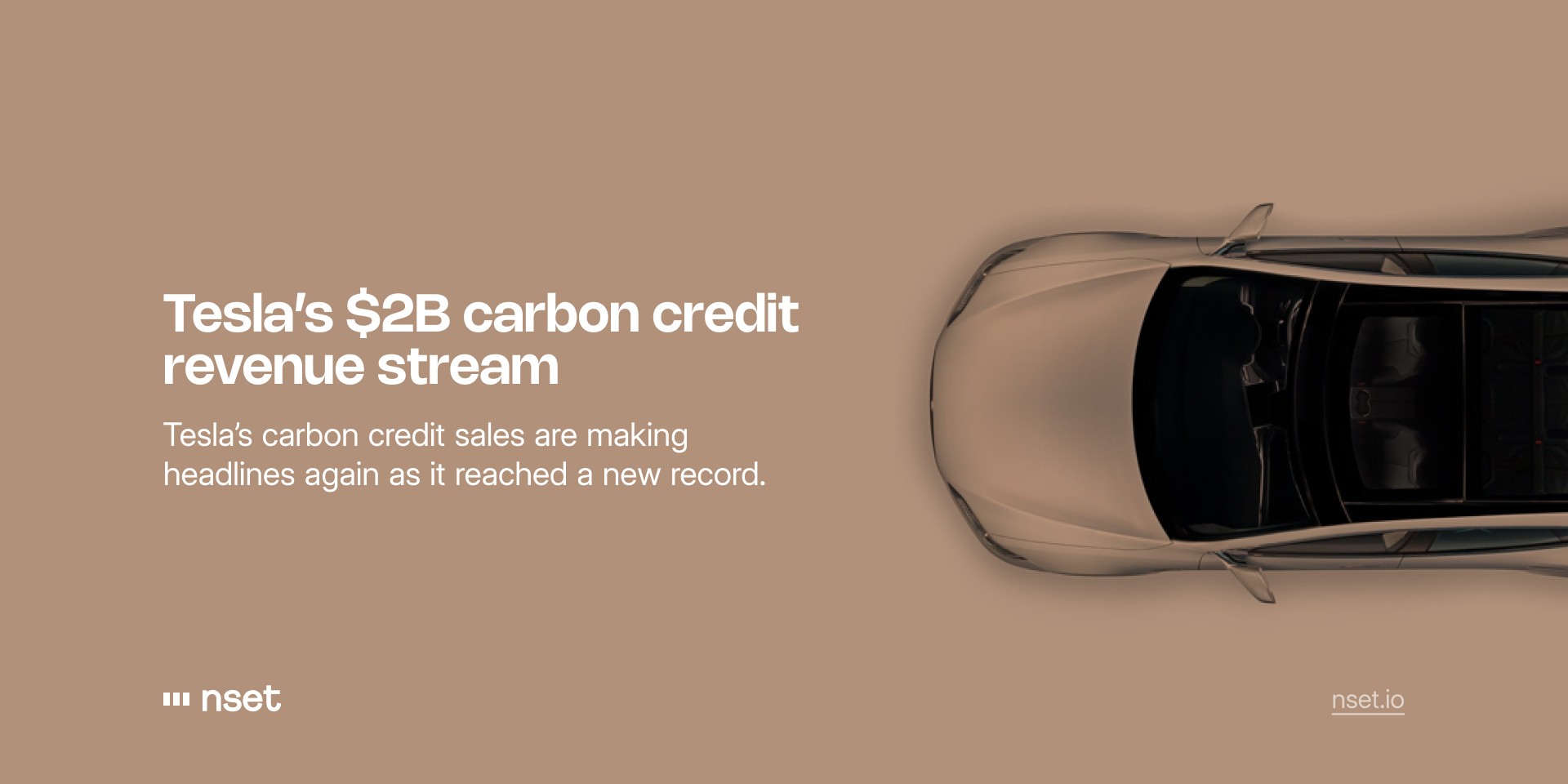How to incorporate insetting into your supply chain
Monday, March 11, 2024
In the pursuit of sustainability, CSOs and CFOs are increasingly recognizing the importance of decarbonizing supply chains.
Supply chains are the heavyweight in a company's environmental impact, responsible for 80% of GHG emissions and over 90% of air pollution in consumer product cycles. They also account for 50-70% of operating costs, largely due to energy-intensive production and global transportation. This makes supply chains the prime target for impactful environmental and cost-efficiency improvements in business operations.
By identifying and targeting high-impact areas to inset low carbon alternatives, companies can not only reduce their environmental footprint but drive operational efficiency and cost savings.
In our third installment of our insetting 101 series, we explore practical strategies for:
🔎 Analyzing Supply Chain Emissions
🧮 Improving Emissions Data
🎯 Prioritizing Areas for Carbon Insetting
💡 Understanding Successful Examples
✅ Getting a complementary insetting report
🔎 Analyzing Supply Chain Emissions
Given that supply chains often comprise thousands of suppliers operating in a fluid and changing ecosystem, managing emissions can be a daunting task!
Start by meticulously mapping out your supply chain to gain a comprehensive understanding of the flow of materials, energy consumption patterns, and emissions generated at each stage of the process.
Carbon footprint calculators and life cycle assessment tools can be utilized to quantify the environmental impact of different activities. Companies like IKEA have successfully utilized life cycle assessments to identify hotspots for emissions within their supply chains, enabling targeted interventions for reduction.
Many are available for free, including FOOTPRINTCALC, Open LCA and Allbirds Carbon Footprint Calculator for the fashion industry.
Your organizations emissions will fall into the three different categories of detailed below:
Scope 1
Direct greenhouse gas emissions from sources that are owned or controlled by the company, such as emissions from combustion in owned or controlled boilers, furnaces, vehicles.Scope 2
Indirect greenhouse gas emissions associated with the purchase of electricity, steam, heating, or cooling that is generated offsite but consumed by the company.Scope 3
Indirect emissions that occur in a company’s value chain, including both upstream and downstream activities. These include purchased goods and services, waste disposal, and transportation by third parties.
Indirect Scope 3 are the most difficult to tackle. According to CDP nearly all Scope 3 emissions either relate to purchased goods and services or use of sold products.

Source: WRI/WBCSD Corporate Value Chain (Scope 3) Accounting and Reporting Standard (PDF), page 5
🧮 Improving Emissions Data
This process will likely illuminate the need to enhance data granularity.
The path forward should emphasize progress over perfection, catalyzing meaningful change with whatever data you have. Early actions to reduce emissions, coupled with efforts to refine supplier data and improve emissions calculations, are vital initial steps.
You may need to look into utilizing proprietary software to measure potential emissions reductions from suppliers. This will help establish minimum standards around data and reduction targets to guide action and track progress effectively.
Initiatives like the WBCSD's Partnership for Carbon Transparency (PACT) can help facilitate collaboration with suppliers to obtain better data on emissions.
Start engagement softly by understanding suppliers' decarbonization journey, their responsible personnel for energy and carbon, and their existing or planned targets. Carlsberg for example collaborated with the Carbon Trust to develop an advanced supply chain emission calculation model, using supplier-specific emissions data to drive decarbonization efforts.
🎯 Prioritizing Areas for Carbon Insetting
After conducting an initial analysis, a decarbonization plan should be developed in line with the recommendations a well reputed standard body, such as the Science Based Target Initiative (SBTi). This will enable you to take robust action aligned with global net zero targets.
Companies whose Scope 3 emissions comprise over 40% of their total emissions are mandated by the SBTi to set targets addressing this impact.
Utilizing the Greenhouse Gas Protocol in alignment with SBTi standards will ensure that you focus on decarbonizing processes that significantly contribute to your carbon footprint. A cost-benefit analysis of different solutions can then help to prioritize which actions should be undertaken first. These hotspots and priorities will be different for each industry.
Ongoing collaboration with suppliers to help facilitate these actions is key. Initiatives such as the Supplier Leadership on Climate Transition Network and Sustainable Procurement Ambassadors provide examples of how to build ongoing collaboration and education of supply chain partners in the journey to decarbonization.
💡 Insetting examples
Here are a few examples of companies targeting key areas of their supply chains for carbon insetting.
Renewable Energy PPAs
Walmart is at the forefront of decarbonizing its supply chain, implementing groundbreaking initiatives that merge sustainability with business operations. Through a collaborative financing program with HSBC and CDP, Walmart incentivizes suppliers to adopt science-based emissions reduction targets, addressing Scope 3 emissions and enabling meaningful progress even for small and medium-sized businesses.
This is part of Walmart's ambitious Project Gigaton, aiming to eliminate 1 billion metric tons of GHG emissions by 2030. Additionally, the Gigaton PPA initiative, in partnership with Ørsted and Schneider Electric, facilitates renewable energy procurement for suppliers, bolstering the transition to a low-carbon economy.
Sustainable Palm Oil Sourcing
Unilever has taken proactive steps to address the sustainable sourcing of palm oil- a commodity associated with deforestation and greenhouse gas emissions.
In collaboration with suppliers and stakeholders, Unilever has committed to sourcing 100% of its palm oil from certified sustainable sources certified by the Roundtable on Sustainable Palm Oil (RSPO). By replacing conventional palm oil with sustainably sourced alternatives, Unilever has not only reduced its scope 3 emissions but also contributed to forest conservation and biodiversity protection.
Green Steel Manufacture
ArcelorMittal, one of the world's largest steel producers, has embarked on a journey to produce green steel by transitioning to hydrogen-based steelmaking processes. The company aims to replace traditional coal-based blast furnaces with hydrogen-powered direct reduction iron (DRI) technology, significantly reducing carbon emissions associated with steel production. By investing in green steel initiatives, ArcelorMittal not only reduces its own scope 3 emissions but also contributes to decarbonizing the broader steel industry.
Low-Carbon Cement Solutions
Heidelberg, a global building materials company, has developed innovative low-carbon cement solutions to address the environmental impact of its operations. Through the use of alternative raw materials, such as industrial by-products and waste materials, and advanced manufacturing techniques like calcined clay and limestone calcined clay cement (LC3), Heidelberg Materials has succeeded in reducing the carbon intensity of its cement production. By adopting low-carbon cement alternatives, they lower their scope 3 emissions while offering sustainable construction solutions to its customers.
Check out the International Platform for Insetting for more case studies, covering coffee, cashmere and olive oil!
✅ Get your complementary insetting report
Nset would like to optimize the decarbonization of your supply chain by offering a free, fully-personalized insetting report! This will help you understand your insetting hotspots and the ROI of pursuing these actions.
If you have a sustainability or ESG report for your company simply submit it here and we will do the rest! No catch, just great insights.



